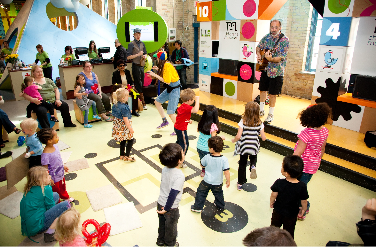ALL ABOARD: WE’RE GATHERING STEAM
This week’s topic is MATH. Make math fun (and tasty) with this marshmallow counting activity.
You’ll need the following:
- Pictures of mugs (or actual mugs)
- A marker
- Marshmallows
Instructions
- Lay out pictures of hot chocolate mugs
- Write numbers on them with your marker
- Ask your child to match the same number of marshmallows to the number on the mug
- If they answer correctly, they can eat them as a bonus treat!
Learning how to count can be difficult for children. This homemade counting activity can make it fun! Children will learn how to match numbers and count out the correct number. Motivating them with a game is a good way to start learning about math.











